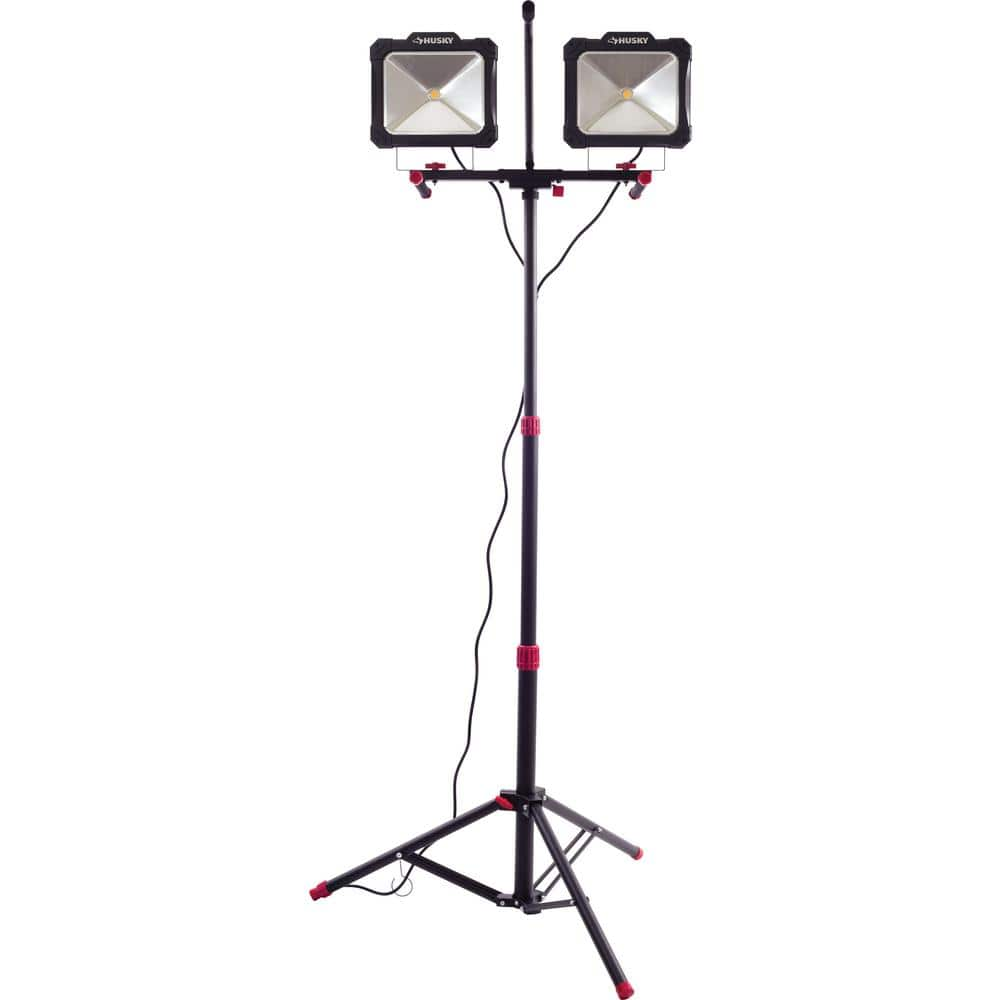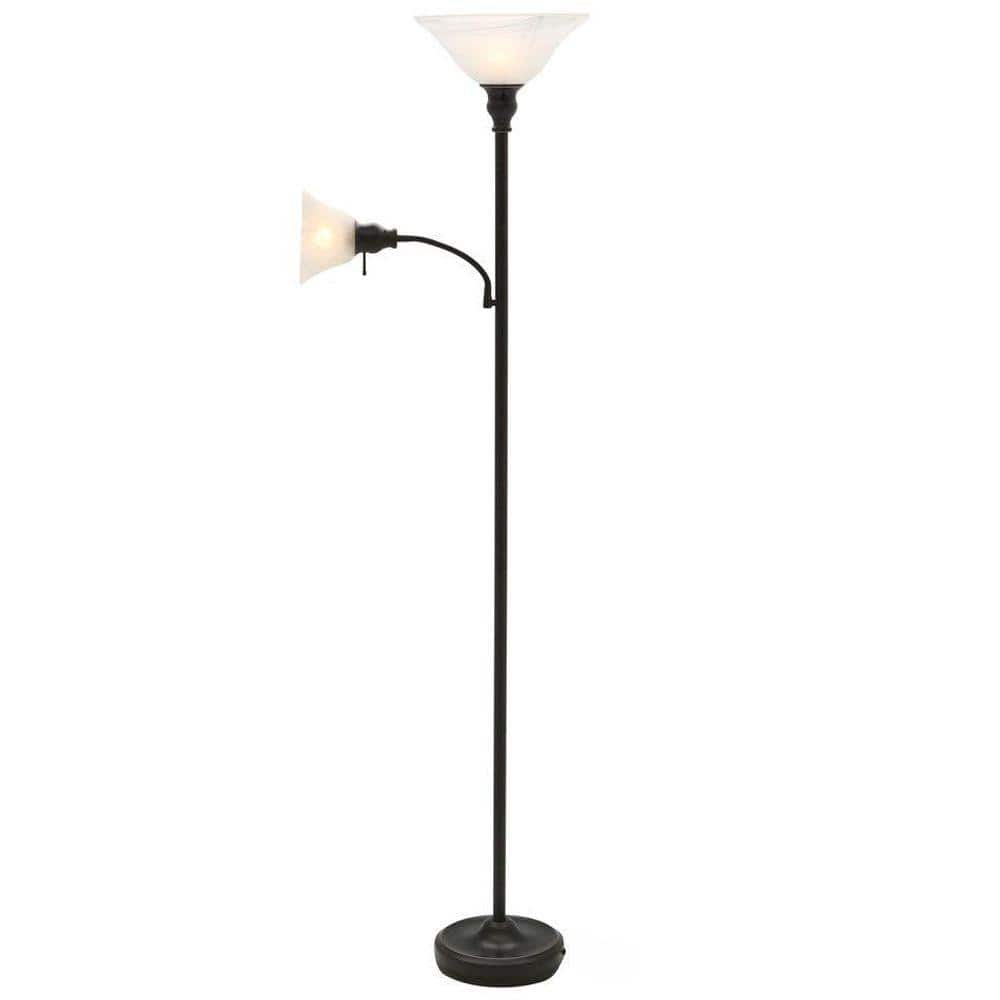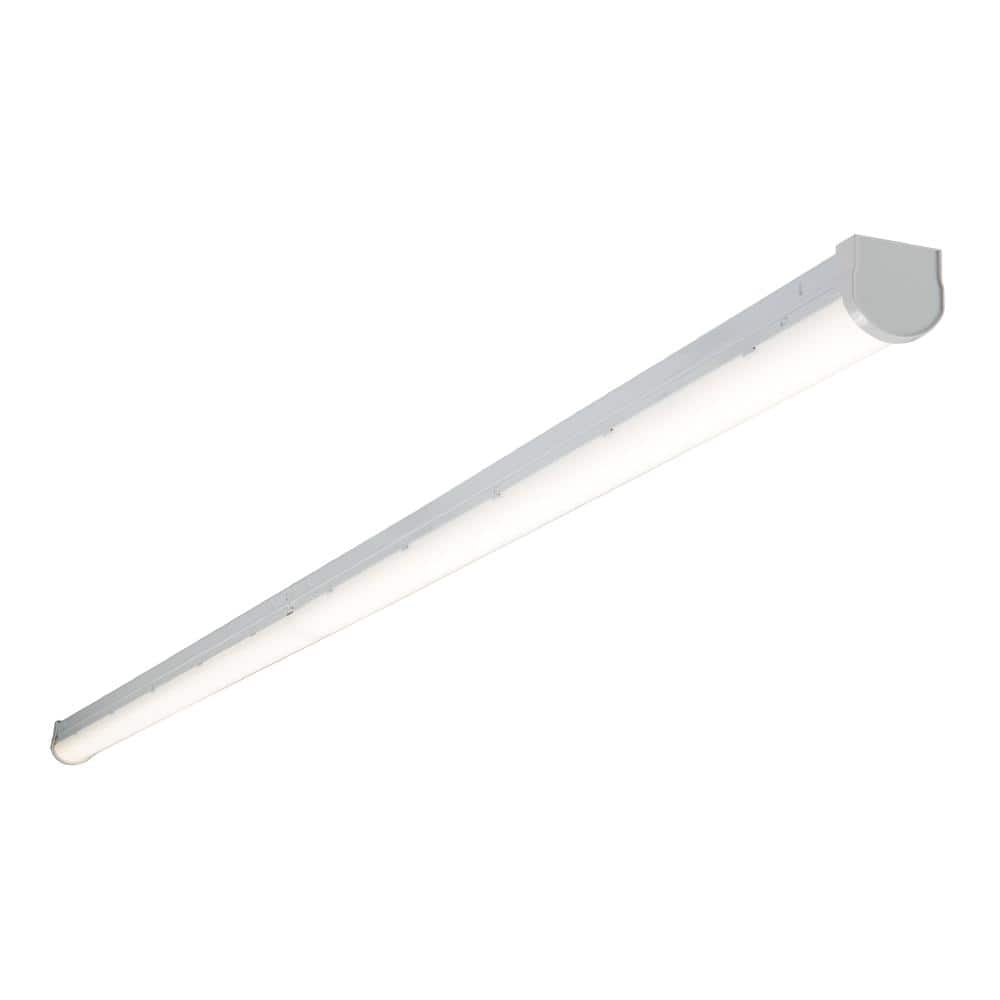Home Decorators Collection Calisitti 6-Light Polished Chrome Chandelier with K9 Crystal Dangles
Polished chrome finish accentuates the texture of the crystals. Different sizes and cuts of crystal offer timeless elegance. For more sizes and options, shop the Calisitti Collection.
The Calisitti 6-light chandelier is so elegant it is dripping in crystal. From the top font, to the shade and all the way to the bottom of the pendant are different sizes and cuts of crystal. The subtle Polished Chrome finish allows the crystal to be the real star.
- Uses six 60-Watt candelabra bulbs
- Includes 72 in. of matching chain and 96 in. of wire
- Available in 3 styles to perfectly suit your lighting needs
- Bulbs are not included with the fixture
- Polished chrome finish
- Assembled weight 14.5 lbs., height 27 in., diameter 24 in.
- Chain can be adjusted to desired hanging length
Additional information
| Chain Length (in.) | 72 |
|---|---|
| Fixture Depth (in.) | 24.33 |
| Fixture Height (in.) | 27.38 |
| Fixture Weight (lb.) | 14.4 |
| Fixture Width (in.) | 24.33 |
| Maximum Hanging Length (in.) | 98 |
| Mounting Deck Height (in.) | 5 |
| Mounting Deck Width (in.) | 5.5 |
| Certifications and Listings | No Certifications or Listings |
| Manufacturer Warranty | 1 Year |






by Fabian
I installed 2 of these over the island in the kitchen. The look fabulous!
by Bill
Very pretty, everyone really likes it.
by Joe
Beautiful Chandelier. Photos do not do it enough justice. It looked way nicer hanging in the store than it does online, and now even more beautiful in our dining room.
by Gorgeous
One word.